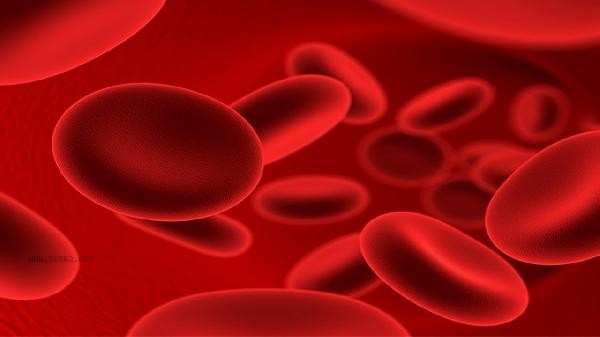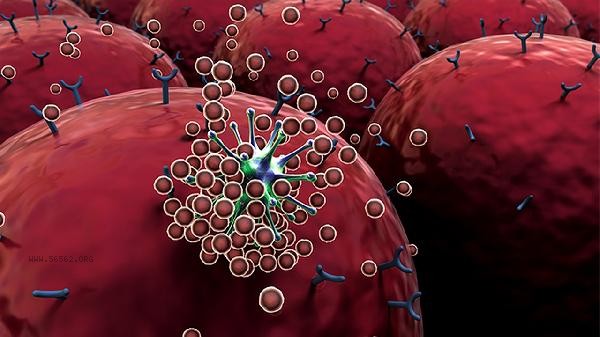The measurement of erythrocyte sedimentation rate generally takes 30-60 minutes to obtain results, and the actual time is affected by factors such as the detection method, instrument type, sample status, laboratory procedures, and retesting of abnormal results.

1. Detection method:
The traditional Wei's method requires standing observation of natural sedimentation of red blood cells, which takes about 60 minutes; Automated instruments use optical detection or centrifugal acceleration technology, which can shorten the time to within 30 minutes. Different medical institutions choose corresponding methods based on equipment conditions.
2. Instrument type:
Fully automatic erythrocyte sedimentation rate analyzer achieves rapid detection through dynamic scanning, and can output results in 20 minutes; The semi-automatic instrument requires manual intervention and takes 40-50 minutes. Third level hospitals are often equipped with high-speed instruments, while grassroots institutions may use traditional methods.
3. Sample status:

Hemolysis, coagulation, or lipid blood samples need to be collected again, with a delay of 1-2 hours in reporting. Testing of qualified samples within 2 hours after collection can ensure accuracy, and re sampling is required after 4 hours.
4. Laboratory procedure:
Emergency specimens are given priority for processing, and results can be obtained within 30 minutes; Ordinary outpatient specimens are tested by batch, usually requiring a waiting time of 1 hour. Some laboratories implement centralized testing mode, and the reporting time may be extended to 2 hours.
5. Re examination of abnormal results: When the erythrocyte sedimentation rate (ESR) value exceeds 100mm/h, operational errors should be ruled out, and repeat the test for an additional 30 minutes. Samples with symptoms such as fever or joint swelling and pain may undergo simultaneous C-reactive protein testing, which can prolong the total time by 20-40 minutes.
It is recommended to avoid vigorous exercise and fasting blood collection before testing. Women's menstrual and pregnancy erythrocyte sedimentation rate may increase physiologically, and they should be informed in advance. After obtaining the report, they should consult a specialist physician for interpretation in a timely manner. If there is a continuous abnormal increase, tuberculosis, rheumatic immune diseases, or malignant tumors should be screened. Maintaining a regular daily routine and balanced diet can help maintain stable erythrocyte sedimentation rate. Anemic patients should supplement iron and vitamin B12 appropriately. Drink plenty of water after testing to promote blood circulation and avoid immediate heavy physical activity.









Comments (0)
Leave a Comment
No comments yet
Be the first to share your thoughts!